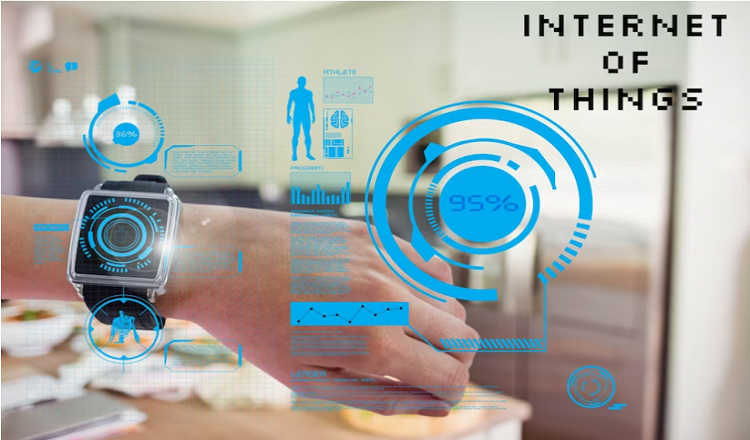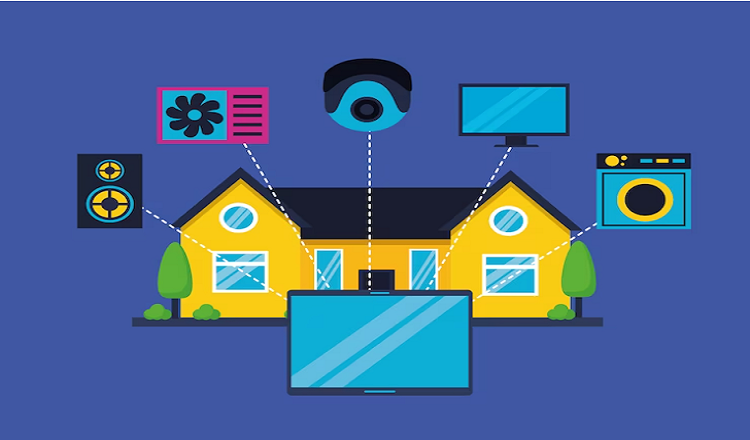Have you ever wondered what it would be like to live in a world where your devices could communicate with each other and make intelligent decisions without your intervention? Well, welcome to the world of IoT, where devices ranging from your refrigerator to your thermostat can now be connected and managed remotely. The internet of things (IoT) has become a buzzword in recent years, and its impact on various industries, including energy, is immense.
IoT is all about connecting devices and enabling them to communicate and share data with each other, creating a network of interconnected systems that can make decisions in real-time. The growing importance of IoT in the modern world has led to numerous applications in various fields, and energy efficiency and sustainability are no exception. IoT can play a significant role in managing energy consumption, reducing waste, and promoting sustainable practices.
In this blog, we’ll take a closer look at the impact of IoT on energy efficiency and sustainability. We’ll explore how IoT devices can be used in energy management systems to optimize energy usage and reduce waste. We’ll also discuss the benefits of using IoT for energy efficiency, such as cutting costs and minimizing carbon footprint. Furthermore, we’ll look at how IoT can be used to monitor and control renewable energy sources and improve the efficiency of renewable energy systems. Finally, we’ll examine the role of IoT in developing smart cities and promoting sustainable practices. So, let’s dive in and explore the exciting world of IoT and its impact on energy efficiency and sustainability
IoT in energy management
There are numerous benefits to using IoT devices for energy efficiency. Firstly, IoT can help reduce energy consumption by providing real-time data on energy usage, allowing users to identify areas where energy is being wasted and make necessary adjustments. Secondly, by reducing energy consumption, IoT can help cut costs for individuals and businesses. Finally, using IoT devices for energy efficiency can minimize the carbon footprint, promoting sustainability and reducing environmental impact. These benefits can be achieved through a range of IoT devices, such as smart thermostats, building automation systems, and lighting controls, which can help optimize energy usage and identify potential inefficiencies. Overall, using IoT devices for energy efficiency is a win-win situation, as it not only benefits the environment but also saves money for users.
IoT for renewable energy
IoT devices can be used to monitor and control renewable energy sources, such as solar panels and wind turbines, enabling users to track energy production in real-time and identify potential issues before they become significant problems. This helps improve the efficiency of renewable energy systems, reducing maintenance costs and increasing overall performance. By providing valuable data on renewable energy production, IoT devices can also help optimize energy usage, enabling users to make informed decisions about when to use renewable energy sources. This not only reduces energy costs but also promotes sustainability by reducing the reliance on non-renewable energy sources. Ultimately, using IoT devices for renewable energy systems can help create a more efficient, cost-effective, and sustainable energy landscape for the future.
IoT for smart cities
The concept of a smart city is all about using technology to improve the quality of life for its residents, by creating a more efficient, sustainable, and connected urban environment. IoT devices play a crucial role in the development of smart cities, enabling various systems to communicate with each other and make intelligent decisions in real-time. Examples of IoT applications in smart cities include smart traffic systems that optimize traffic flow and reduce emissions, waste management systems that monitor and optimize waste collection, and public lighting systems that adjust lighting based on occupancy levels to save energy. By promoting energy efficiency and sustainability, IoT applications in smart cities can help create a better quality of life for residents and a more sustainable future for the planet.
Challenges and solutions
While IoT devices offer numerous benefits for energy efficiency and sustainability, there are also several challenges associated with their implementation. One of the biggest concerns is data privacy and security issues, as IoT devices are vulnerable to cyber attacks and unauthorized access. Potential solutions to overcome these challenges include using encryption to secure data and improving cybersecurity measures to protect against cyber threats. Another challenge is interoperability, as IoT devices may not communicate with each other or with existing systems, which can lead to inefficiencies and increased costs. Interoperability can be improved through standardization and the development of common protocols. By addressing these challenges, we can ensure that IoT devices for energy efficiency and sustainability are implemented in a safe, secure, and effective manner.
Conclusion
In conclusion, IoT devices have a significant role to play in promoting energy efficiency and sustainability. From monitoring and controlling renewable energy sources to optimizing energy usage in smart cities, IoT offers numerous benefits for individuals and businesses alike. The use of IoT devices can reduce energy consumption, cut costs, minimize carbon footprint, and improve the efficiency of renewable energy systems.
However, the implementation of IoT devices also presents several challenges such as data privacy and security issues and interoperability. These challenges can be overcome by using encryption, improving cybersecurity measures, standardization and the development of common protocols.
In light of the increasing importance of environmental sustainability, it is crucial that we continue to explore the potential of IoT in promoting energy efficiency and sustainability. As individuals, we can make a difference by learning more about IoT devices and advocating for their implementation in our communities. By working together to promote the use of IoT devices for energy efficiency and sustainability, we can create a more sustainable and better future for our planet.




